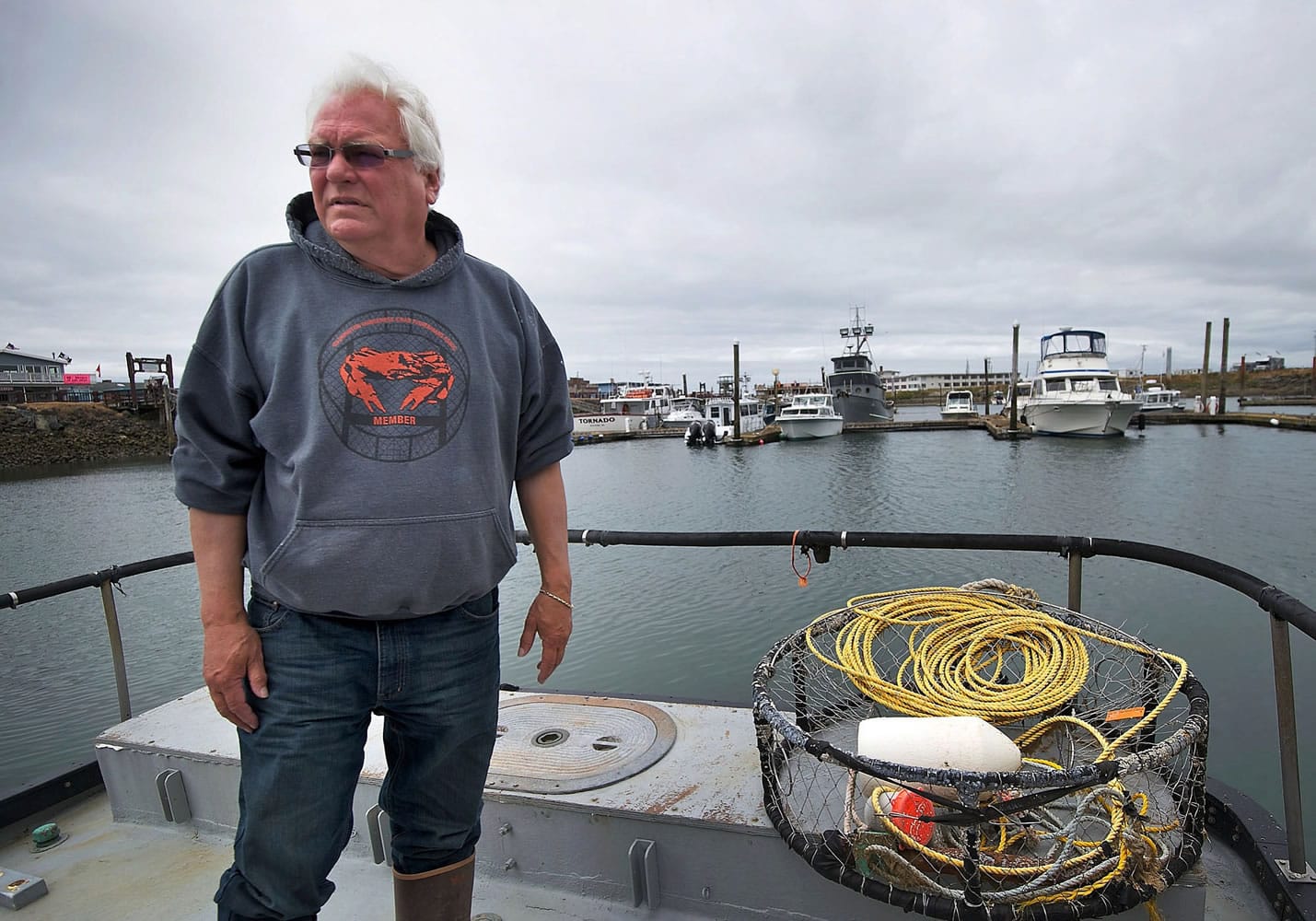The town of Westport, dotting a windswept peninsula that juts into Grays Harbor, shows off panoramic views and offers tourists an affable collection of restaurants and stores festooned with American flags.
Make no mistake, though, it’s a flinty workplace where many jobs remain tied to natural resources in the harbor itself. The town’s expansive marina furnishes a sizable commercial fishing fleet, an industry that rewards those who can roll with nature’s ebb and flow.
“You don’t always see the treasure,” said Larry Thevik, who at age 66 has plied these waters for 44 years in pursuit of albacore, salmon, halibut and, nowadays, Dungeness crab. “Sometimes you see the hardship.”
It’s difficult enough for Thevik and other fishermen to deal with commercial fishing’s good and bad seasons, and the uncertainties that haunt their marketplace. But another industry that sees Grays Harbor as a gateway to the world wants to muscle into the area in a big way. Three companies are proposing to build or expand terminal operations that would bring in crude oil by rail from the Midwest and transfer it to ships for transport to refineries and, ultimately, consumers.




